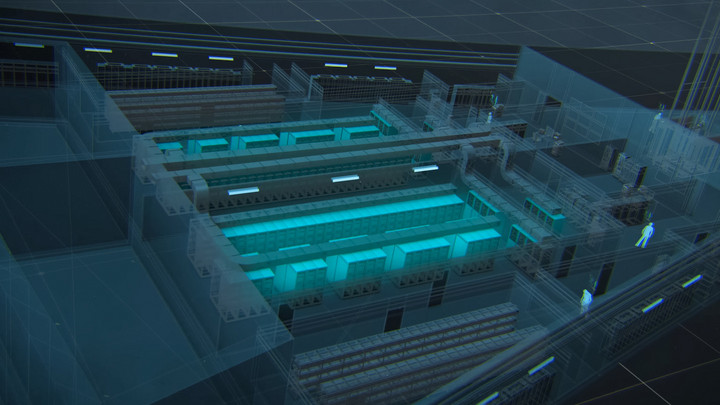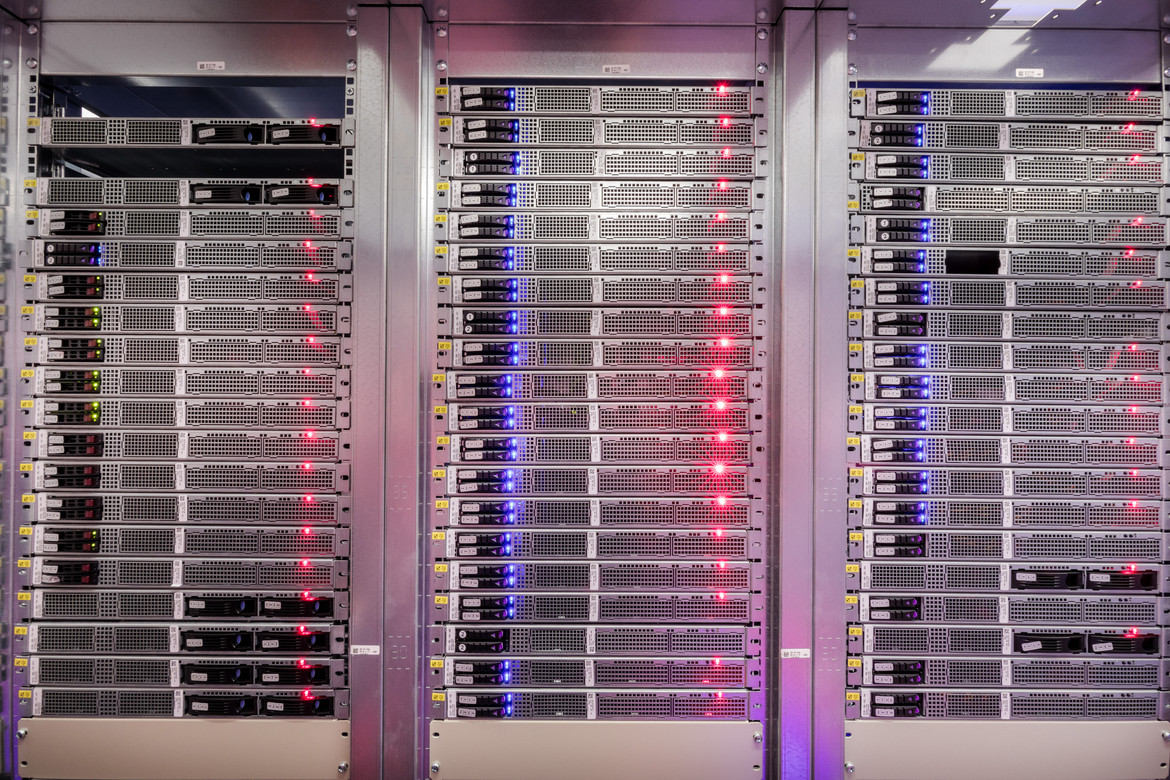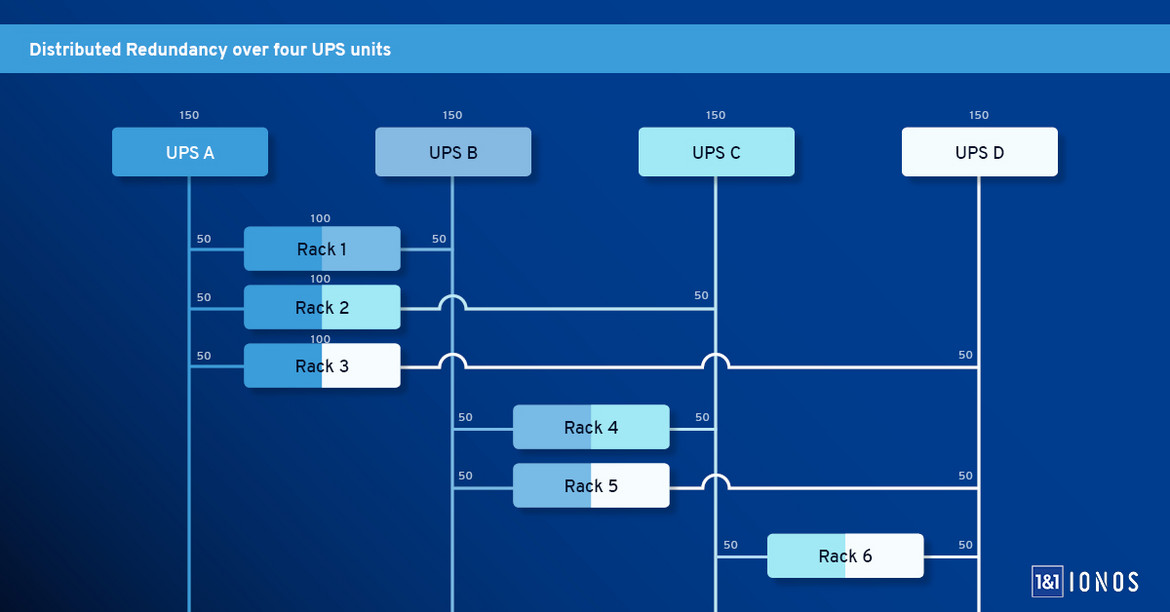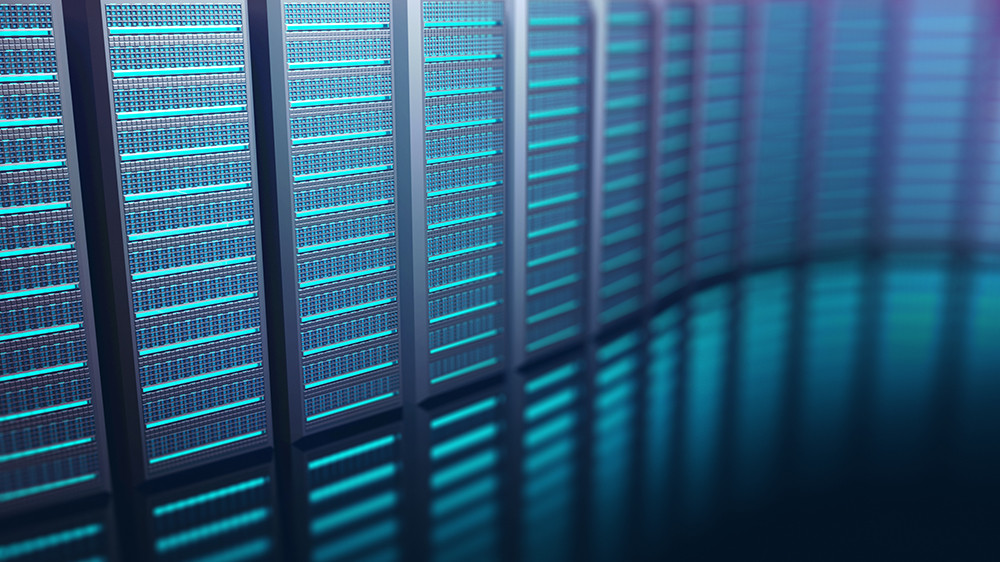A Balanced Data Center Design
Mathias Loacher from 1&1 IONOS explains the factors influencing data center design and planning, and the benefits of their own new data center design.

© Alextov | istockphoto.com
As demand for all things digital – such as hosting services – grows, data centers are struggling to meet the specifications demanded of them. Without data centers, digitalizing our businesses would be impossible. Huge amounts of energy are needed to run a reliable data center. Therefore, the right design and technical components are key, posing a challenge for operators as they need to find a balance between managing a complex list of demands and operating to standard while being cost and energy efficient. But what are the requirements of a modern data center? And what does a balanced design look like?
Key factors of a modern data center
Before discussing what state-of-the-art data center design means for 1&1 IONOS, it’s important to define a few key areas.
Availability
When it comes to availability, a common standard within data centers is the Uptime Institute’s [1] Tier classification system. This system has four levels (1 to 4) with corresponding percentage figures for availability. The lowest level – Tier 1 – means an availability of 99.67%, or 28 hours of downtime a year. Tier 4, on the other hand, means an availability of 99.99% and only 26 minutes of downtime a year. The level of availability varies, depending on factors such as geo-redundancy and whether data centers are built in different locations, either locally or globally, allowing companies to back up their data in different places. This may affect latency times.
Energy efficiency
The energy efficiency of a data center can be improved, but this comes at the expense of availability. For example, for a Tier 4 facility, redundancy elicits an increased need for energy as extra technical equipment is needed, which can only be run on a partial load.
Construction time
The time needed for construction can cause a decrease in a data center’s availability, e.g. if there’s not enough time for testing and bug fixes.
Easy/flexible to operate
A modern data center should be able to meet various needs, such as power distribution, cooling systems, and space. If the goal is to achieve higher availability, the data center’s infrastructure will be more complex and therefore more prone to errors, as more processes have to be addressed.
Taking the above aspects into consideration, it’s currently impossible to design a data center that can perform at the highest levels across all areas. Some aspects are given more weight than others, depending on the project’s needs.
1&1 IONOS’s new data center concept
Keeping the key aspects in mind, 1&1 IONOS has recently re-designed and expanded one of its data centers, and implemented new architecture that meets differing levels of requirements. The project came about due to the demand for an expansion of available performance and facility area capacities and because electrical power limits had been reached. After much thought, it was decided that it would be more cost-effective to focus on expanding the technical capabilities of our own facilities. The next step was to design a data center with the right combination of availability, energy efficiency, construction time, and with easy/flexible operational features.
Phases of planning
Prior to building the actual facility, an extensive and detailed plan had to be drawn up. It consisted of the following key phases:
- Design phase: defining the business case and determining core project requirements, drafting the concept design.
- Building permit phase: building permits for the project needed to be obtained based on the discussed concept design.
- Implementation planning phase: detailed drawings of infrastructure including the final calculated dimensions such as cabling and piping.
- Construction phase: construction of the data center with all its components and facilities.

© 1&1 IONOS/Christof Mattes
Distributed redundancy
By incorporating these key steps, 1&1 IONOS was able to design and construct a very cost-efficient data center that focuses on smart connection of its technical components. The main concept was based on distributed electrical redundancy, eliminating the need for a complex switchover mechanism while being supported by a matching cooling system. Neither feature has a single point of failure, which protects the whole system. All classic Tier 3 redundancy designs that ensure system availability in the event of component failure use N+1. This means that one electrical block is activated as a back-up component and takes over if the main electrical block fails. 1&1 IONOS has installed four electrical blocks and feeds each rack redundantly from two blocks, using the distributed redundancy approach (see image below). The result is a complete, so-called 2N redundancy at rack level, which has benefits in terms of costs and the ecological footprint, and has the efficiency of N+1 architecture, thus reducing the capacities and facilities needed to reach full capacity.

The electrical distribution between the server racks and the uninterruptible power supply (UPS) units, as implemented by 1&1 IONOS in its recent data center project. © 1&1 IONOS
The data center’s cooling systems feature adabiatic [2] free-cooling which is based on redundant architecture that fits the electrical supply structure and capacity.
Pay as you grow: components on demand
Another integral element of the new data center’s design is the “pay as you grow” approach, where a facility is built in such a way that it can be easily expanded if needed. At the beginning, only those components that are truly needed are installed and operated, resulting in high cost efficiency. This means that there are no redundant units (which would have to be changed anyway due to deterioration even if they hadn’t been used); non-installed devices do not generate any costs for maintenance and don’t age. 1&1 IONOS used this approach for its larger components, which enabled the hosting provider to install an uninterruptible power supply (UPS) system and cooling units for two stages.
Using this design for its data center meant that 1&1 IONOS achieved good architectural scalability with a simple and stable infrastructure, and efficient operational capabilities which comply with the total cost of ownership. Ultimately, this project was of great importance for 1&1 IONOS and its customers. Users now benefit from state-of-the art server and cloud infrastructure, which provides the best levels of availability and price/performance ratios. In addition, its energy efficiency ensures compliance with 1&1 IONOS’s sustainable environment policy. Due to the success of this design, it will become the new standard for all forthcoming data center projects at 1&1 IONOS.
References:
1. Uptime Institute: https://uptimeinstitute.com/resources/assets?filter%5Blanguage_id%5D=0&filter%5Bcategory_id%5D=1&filter%5Bpublished_on%5D=0&task=search&filter_order=a.published_on
2. Adabiatic cooling is when cooling devices are sprinkled with water, which causes the air to cool down naturally. Free cooling can then be used for longer periods of time, and saves a significant amount of energy, all while fulfilling the data center’s goal of sustainability.
Mathias Loacher is Head of Data Center Engineering and has been with 1&1 IONOS for over 20 years. He’s responsible for the planning and building of all 1&1 IONOS data centers worldwide. Prior to this, he was in charge of infrastructure operations, which led to a focus on strategic project planning. Mathias started his career in network technology.
Please note: The opinions expressed in Industry Insights published by dotmagazine are the author’s own and do not reflect the view of the publisher, eco – Association of the Internet Industry.





